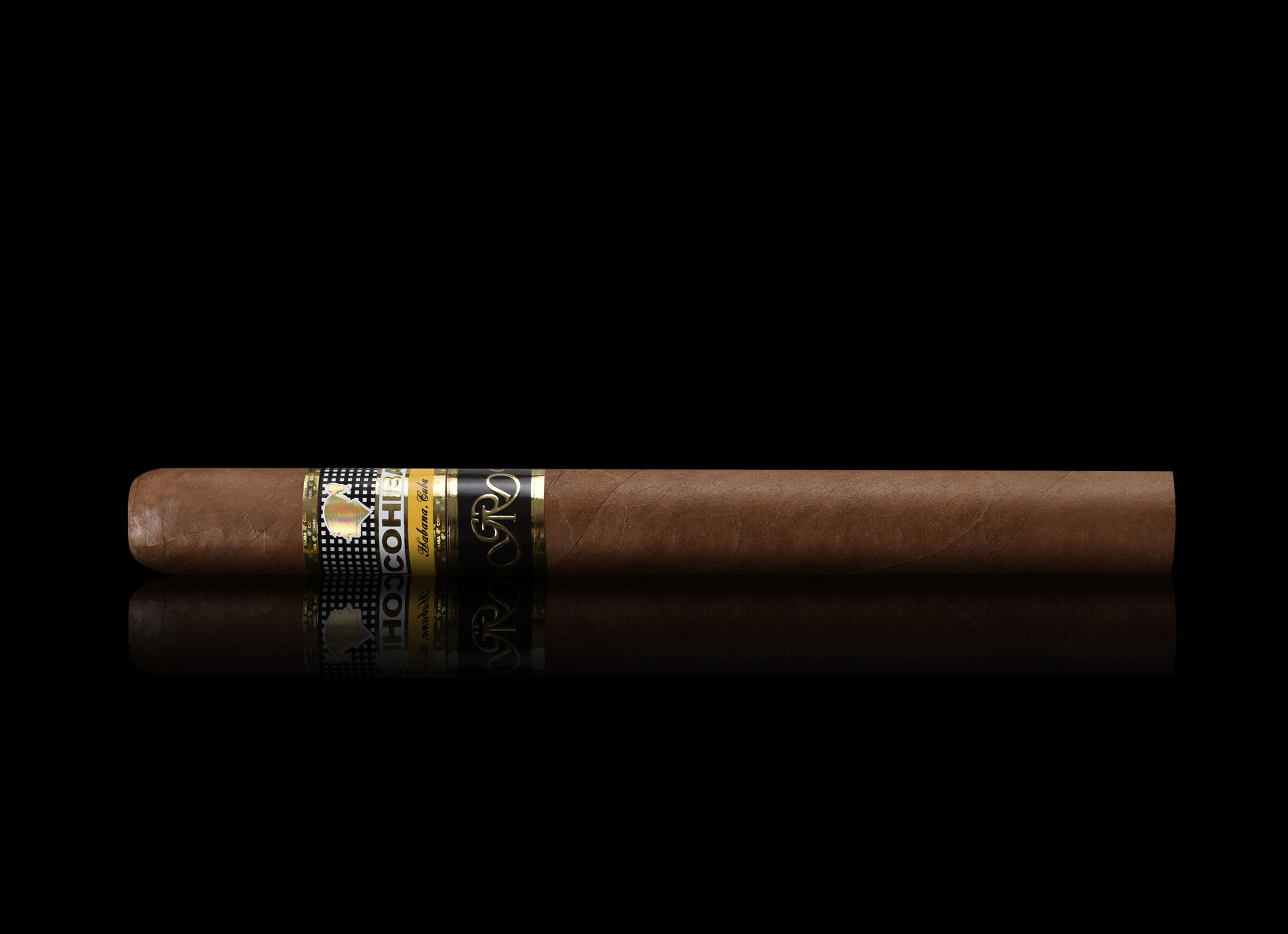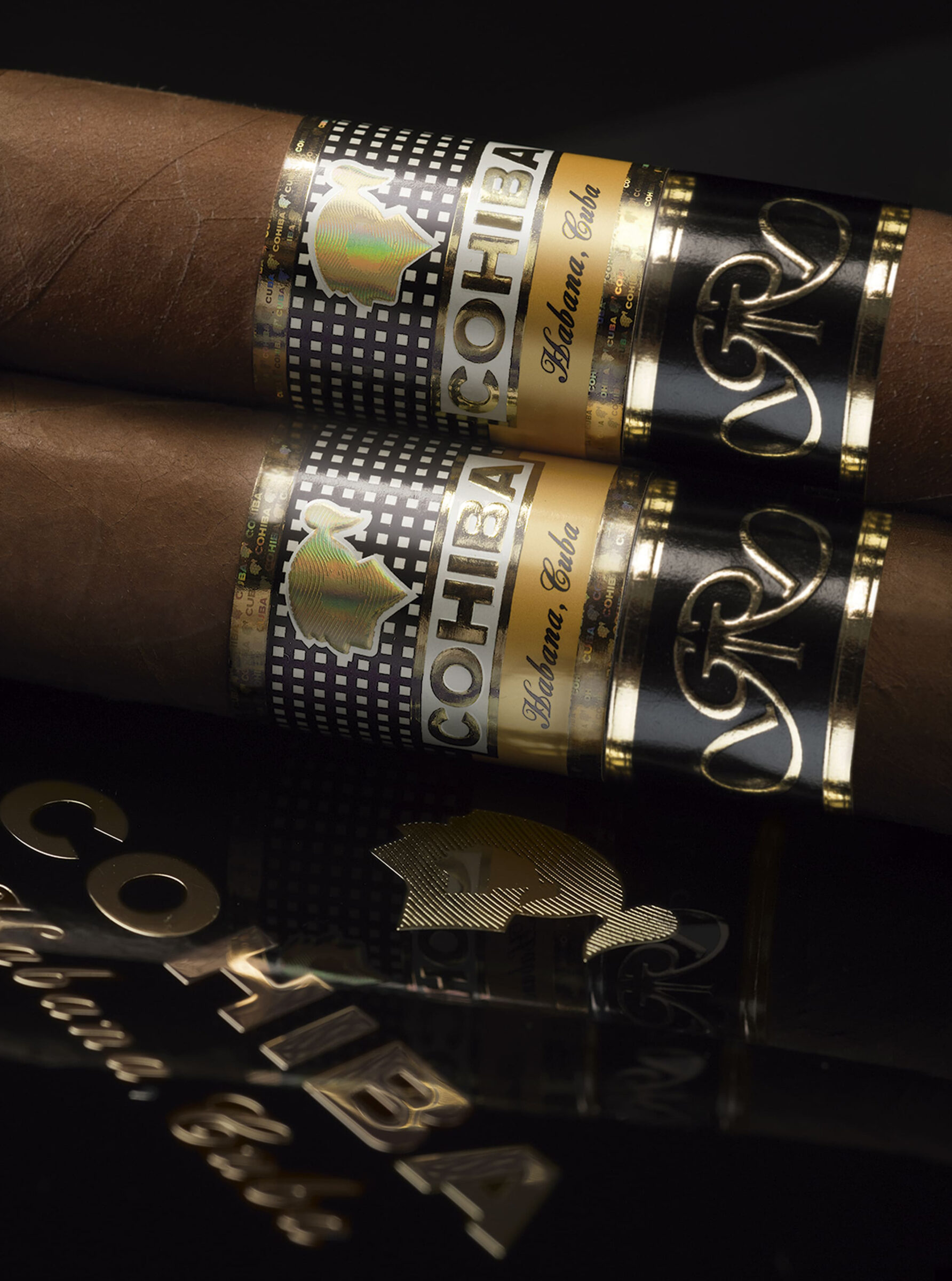For the first time since the debut Gran Reserva in 2009, Cohiba—Cuba’s flagship brand—has been selected for its most prized annual release, the Gran Reserva series.
At this week’s Festival del Habano XXIII, Habanos S.A. announced the new Cohiba Espléndidos Gran Reserva Cosecha 2017. Like the regular Espléndidos, it’s a 7-inch (178mm) x 47 parejo known as the Julieta No. 2, i.e. Cuba’s classic Churchill size. Unlike the regular production Espléndidos, the Gran Reserva is a limited edition that uses tobaccos entirely from the 2017 harvest, meaning it was aged for five years before the cigars were rolled.
To delineate between this special release and the regular release, these Espléndidos will wear a secondary band that has a G and R in gold font. Like other Gran Reserva releases, it will be limited to 5,000 numbered boxes of 15 cigars. Typically, these boxes are high-gloss lacquer, another change from the regular production version.
Outside of using aged tobacco, special packaging and being limited, the other major change for the Cohiba Espléndidos Gran Reserva Cosecha 2017 versus the regular production cigar will be the price. Habanos S.A. has not announced it yet, but if past is prologue, it will be much more expensive than the regular production version.
A release date has not been announced.
Each year, Habanos S.A. selects one regular production cigar to be part of the Gran Reserva or Reserva program, which means the cigars use aged tobacco and are packaged in special boxes. Currently, an even year means Habanos S.A. will designate a Reserva whereas odd years means a Gran Reserva is chosen.
A Reserva means the tobacco was aged for at least three years, whereas the Gran Reservas used tobacco that is at least five-years-old. Currently, Reservas are packaged in boxes of 20, whereas Gran Reservas are packaged in boxes of 15 cigars. Officially, each release is limited to 5,000 boxes though there have been years when there were seemingly fewer cigars released than the 5,000 box number.
Up until the 2020 release, it was believed that the cigars chosen needed to come from Cohiba, H. Upmann, Hoyo de Monterrey, Montecristo, Partagás, Romeo y Julieta or, technically, José L. Piedra. Prior to 2020, Habanos S.A. divided its brands into various segments, these brands were known as “global brands,” though Habanos S.A. has since abandoned that brand classification. Furthermore, in 2020, Bolívar was selected as the Reserva release, putting an end to the global brand requirement.
While the Reserva program started in 2003—though the modern program really didn’t start until 2005—the Gran Reservas didn’t debut until 2009. There have been seven cigars released and two more that has been announced but not yet released:
- Cohiba Siglo VI Gran Reserva — 2009
- Montecristo No.2 Gran Reserva Cosecha 2005 — 2011
- Partagás Lusitanias Gran Reserva Cosecha 2007 — 2013
- Romeo y Julieta Wide Churchills Gran Reserva Cosecha 2009 – 2015
- H. Upmann Sir Winston Gran Reserva Cosecha 2011 — 2017
- Hoyo de Monterrey Double Corona Gran Reserva Cosecha 2013 — 2019
- Partagás Serie E No.2 Gran Reserva Cosecha 2015 — 2021
- Cohiba Espléndidos Gran Reserva Cosecha 2017 — 2023
Brooks Whittington contributed to this story.
This story is part of halfwheel’s coverage of the Festival del Habano XXIII, the 2023 edition of Cuba’s annual cigar festival. For more coverage of the festival, click here.




